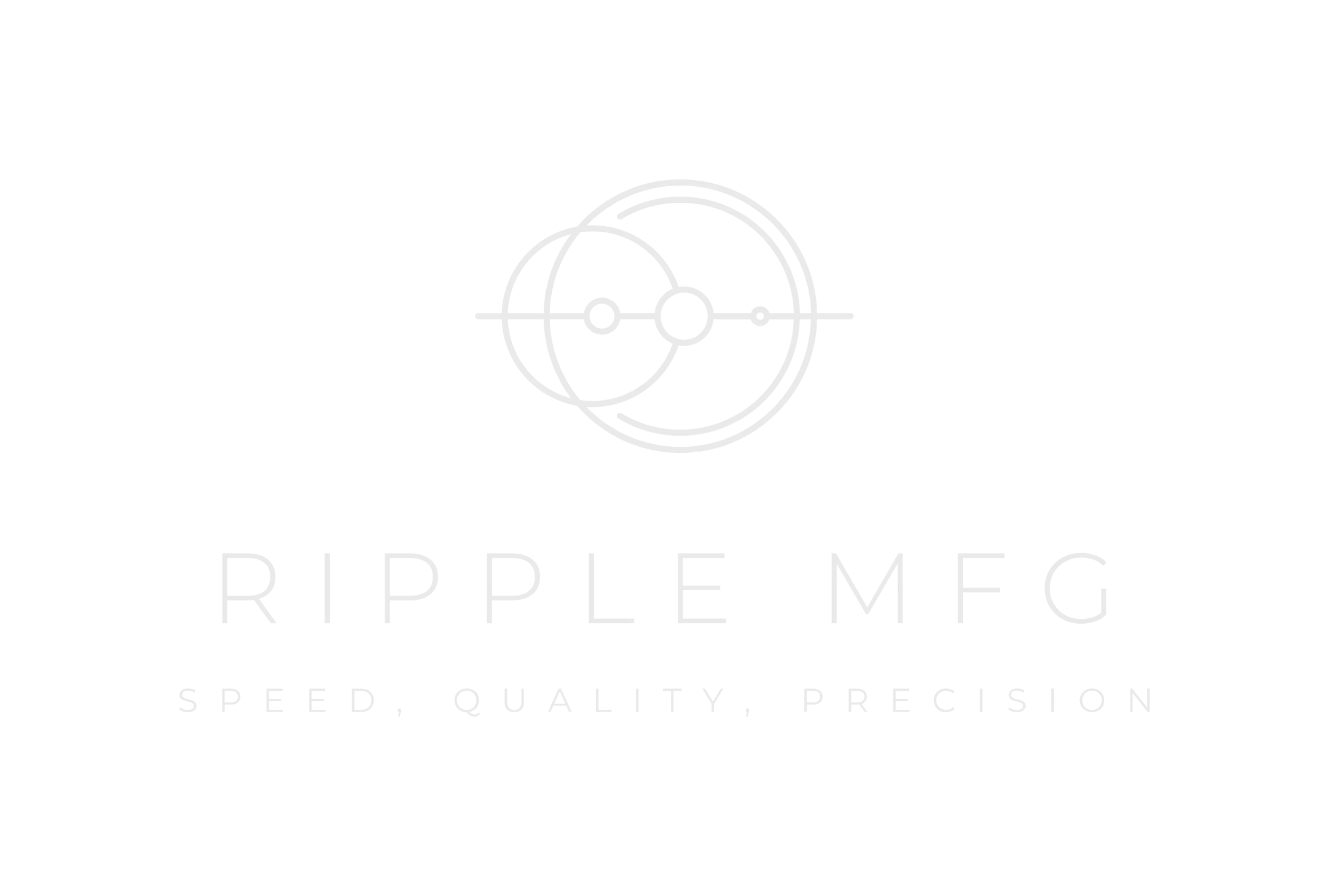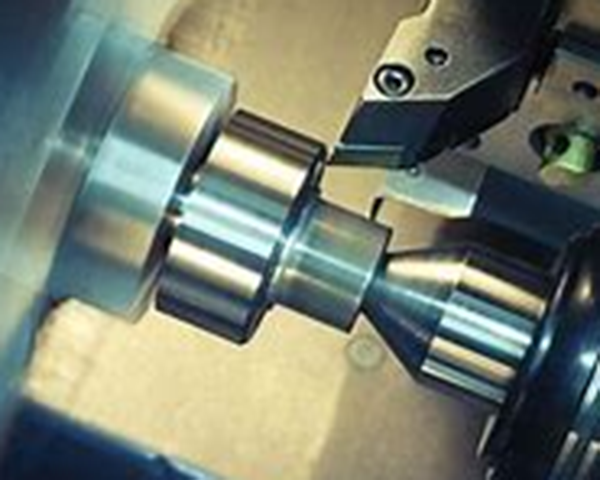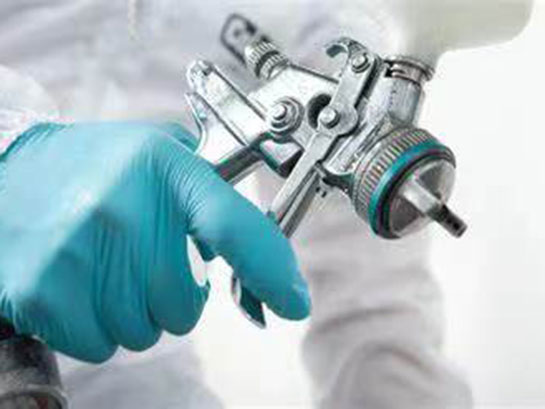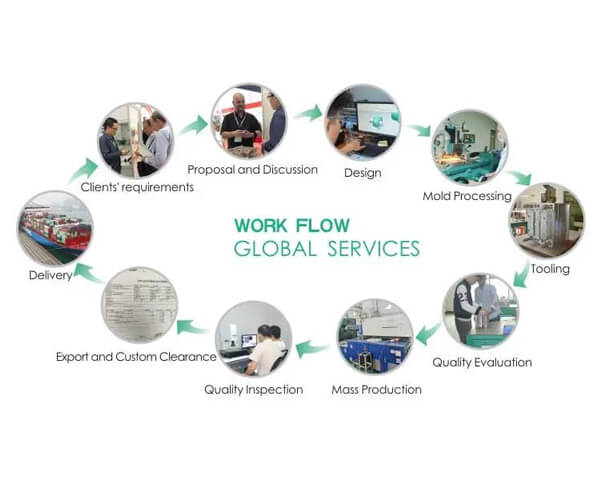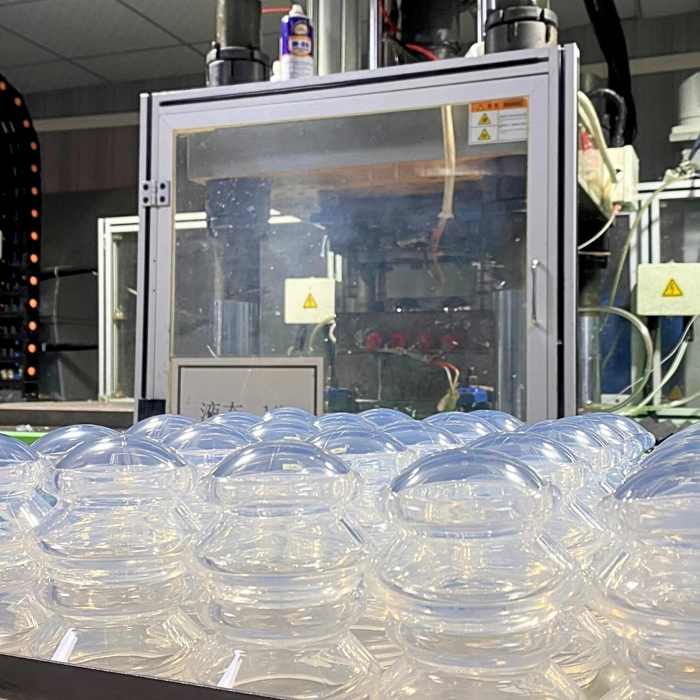The world of manufacturing and rapid prototyping has seen significant advancements in recent years. While 3D printing has gained immense popularity for creating prototypes and functional parts, there's another precision prototyping method that deserves its share of the spotlight—Precision Prototyping Machining. In this blog, we will take a closer look at this cutting-edge technique and why it's gaining traction in the manufacturing industry.
Understanding Precision Prototyping Machining
Precision Prototyping Machining is a subtractive manufacturing process that involves shaping materials to create a final product. Unlike 3D printing, which adds material layer by layer, machining removes material from a solid block to achieve the desired shape. This method is particularly well-suited for producing high-precision and complex components with tight tolerances.
The Advantages of Precision Prototyping Machining
Unmatched Precision and Accuracy
One of the key advantages of precision prototyping machining is its exceptional precision. It can achieve tolerances as tight as a few microns, making it ideal for applications where accuracy is paramount. Whether you're working on aerospace components or intricate medical devices, machining can meet your precision requirements.
2Wide Range of Materials
Unlike 3D printing, which is often limited to specific materials, precision prototyping machining can work with a wide variety of materials, including metals, plastics, ceramics, and composites. This versatility makes it a go-to choice for a broad spectrum of industries.
Superior Surface Finish
Machining can produce parts with a superior surface finish, such as CNC machining small parts, which is crucial for components that require a polished, high-quality appearance. This is especially important in industries like automotive, where aesthetics play a significant role.
Cost-Effective for Small to Medium Production Runs
While 3D printing excels in rapid prototyping and customization, machining becomes more cost-effective for small to medium production runs. The time and materials saved in this process make it an attractive choice for manufacturers looking to scale their operations.
Applications of Precision Prototyping Machining
Precision prototyping machining has found applications in various industries, including:
Aerospace: Crafting precision components for aircraft and spacecraft.
Medical: Manufacturing intricate medical devices and implants.
Automotive: Producing high-precision automotive parts.
Electronics: Creating complex components for electronics and semiconductors.
Defense: Developing critical defense and military equipment.
Tooling: Crafting molds, dies, and tooling for various manufacturing processes.
While 3D printing has revolutionized rapid prototyping and customization, precision prototyping machining is carving out its niche as the go-to method for achieving exceptional precision, working with a wide range of materials, delivering superior surface finishes, and being cost-effective for small to medium production runs. Manufacturers are increasingly recognizing the value of precision machining in their quest for high-quality, precise, and functional parts. As technology continues to evolve, precision prototyping machining is set to play a pivotal role in the future of manufacturing.
- Customized Prototyping in Aerospace InnovationMarch 19, 2024In aerospace, every technological innovation and breakthrough marks a step into the unknown. Ripple MFG, as a leader in this field, has injected new vitality into the development of the aerospac...view
- Precise Tool and Manufacturing Technology: The Precise Force Driving Industrial ProgressSeptember 18, 2024The Importance of Precise Tool and Manufacturing TechnologyIn modern industry, the application of precise tool and manufacturing is becoming increasingly widespread. They are not only a symbol of tech...view
- The Impact of Prototyping Machining Services in ArchitectureMarch 19, 2024With the advancement of science and technology, prototype machining services are increasingly used in the field of architecture, which has a profound impact on architectural design, construction and m...view
- Benefits of Custom Rapid Prototyping ServicesMarch 19, 2024In today's fast-moving industrial sector, custom rapid prototyping services have become an important tool for many companies to enhance the competitiveness of their products and accelerate the pac...view
- The Role of Custom Rapid Prototyping in Product DevelopmentMarch 19, 2024With the increasingly fierce competition in the market, the speed and quality of product development have become the key factors for the success of enterprises. Among them, custom rapid prototyping pl...view
- How Much Do You Know About The Process -- Vacuum CastingFebruary 27, 2023Why vacuum castingIn our daily life, we often apply to plastic products, in general products, the use of more thermoplastics, this plastic in industrial production, generally with thermoforming, can b...view
